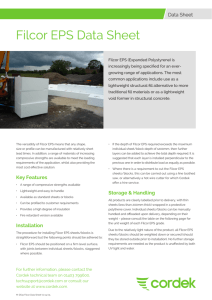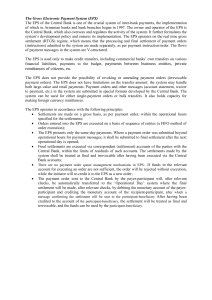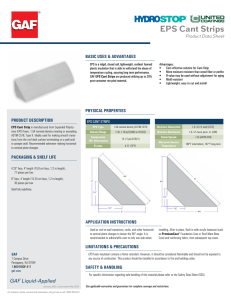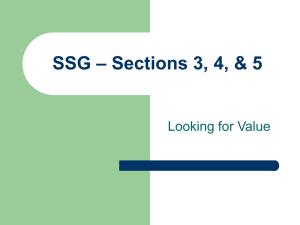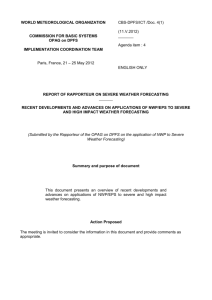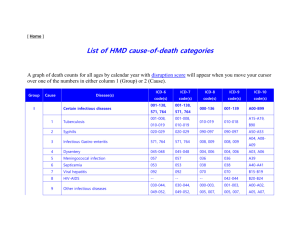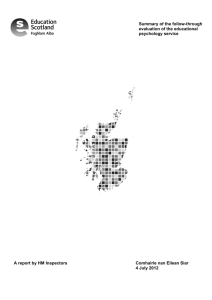Characterization and Biotechnological Potential Analysis of
advertisement
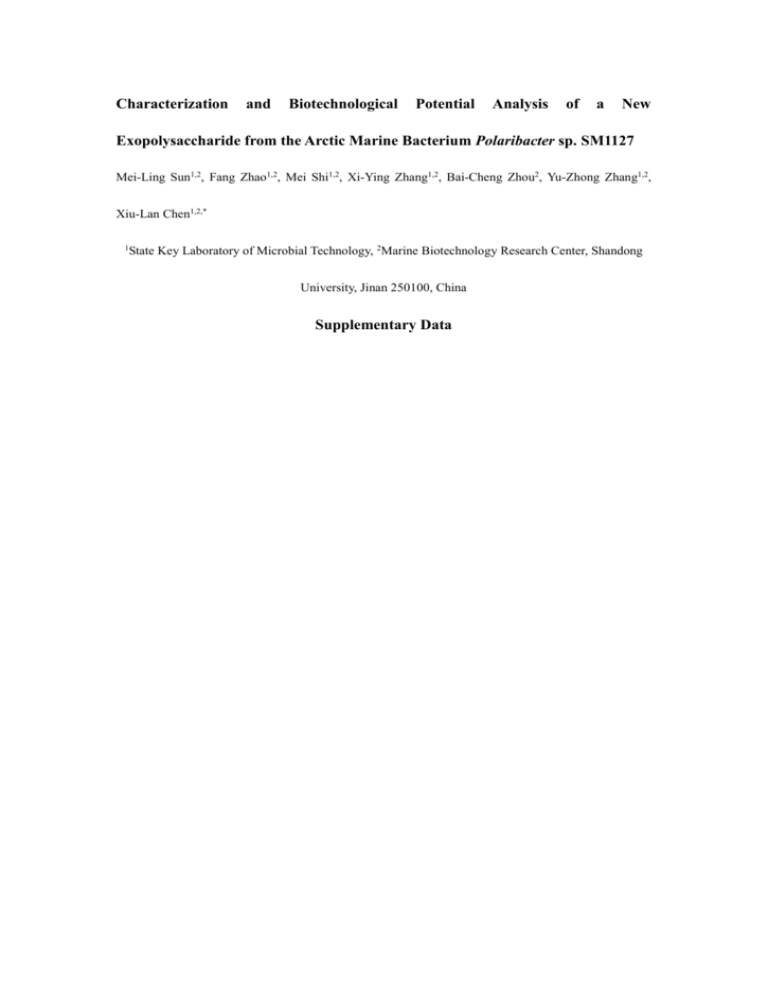
Characterization and Biotechnological Potential Analysis of a New Exopolysaccharide from the Arctic Marine Bacterium Polaribacter sp. SM1127 Mei-Ling Sun1,2, Fang Zhao1,2, Mei Shi1,2, Xi-Ying Zhang1,2, Bai-Cheng Zhou2, Yu-Zhong Zhang1,2, Xiu-Lan Chen1,2,* 1 State Key Laboratory of Microbial Technology, 2Marine Biotechnology Research Center, Shandong University, Jinan 250100, China Supplementary Data Figure S1. The neighbour-joining phylogenetic tree based on 16S rRNA gene sequences showing the phylogenetic position of strain SM1127. Figure S2. Anion-exchange chromatography (DEAE-Sepharose Fast Flow) of the EPS from strain SM1127. The EPS was eluted with a linear gradient of 0 to 0.7 M NaCl aqueous solution at a flow rate of 36 ml/h. Figure S3. Gel-filtration chromatography (Sepharose 4B) of the EPS from strain SM1127. The EPS was eluted with deionized water at a flow rate of 12 ml/h. Figure S4. Homogeneity analysis of the purified EPS from strain SM1127 by a Shimadzu analytical HPLC system. The EPS was dissolved in deionized water, prepared as 0.5% (w/v) aqueous solution and 20 μl of the sample solution was injected in each run process for 30 min at a flow rate of 0.5 ml/min at 40°C. The sample was monitored by a Shimadzu refractive index detector. Figure S5. GC/MS spectrum of glycosyl composition analysis of the EPS from strain SM1127 on a Agilent 7890A GC interfaced to a 5975C MSD, using a Supelco EC-1 fused-silica capillary column (0.25 mm × 30 m). Figure S6. GC/MS spectrum of glycosyl linkage analysis of the EPS from strain SM1127 on an Agilent 7890A GC interfaced to 5975C MSD (electron impact ionization mode), using a 30-m Supelco 2380 bonded-phase fused-silica capillary column. Figure S7. Analysis of the protective effect of the SM1127 EPS on human dermal fibroblasts at 4°C by flow cytometer. EPS concentration was (A) 0 µg/ml, (B) 100 µg/ml, (C) 200 µg/ml and (D) 500 µg/ml. The lower left quadrant showed the viable cells, which excluded PI and was negative for Annexin V-FITC binding. The upper right quadrant showed the necrotic cells, positive for Annexin V-FITC binding and for PI uptake. Table S1. Grading standard for skin irritation according to OECD guidelines54 Irritation response Score Erythema No 0 Very slight (barely perceptible) 1 Well defined 2 Moderate to severe 3 Severe (beef redness) to eschar formation preventing grading of erythema 4 Edema No 0 Very slight (barely perceptible) 1 Slight (edges of area well defined by definite raising) 2 Moderate (raised approximately 1 mm) 3 Severe (raised more than 1 mm and extending beyond area of exposure) 4 Highest total value 8 Table S2. Evaluation standard for skin irritation intensity according to OECD guidelines54 Score Evaluation 0–0.49 No irritation 0.5–2.99 Slight 3.0–5.99 Moderate 6.0–8.00 Severe

